Transforming markets in Brazil
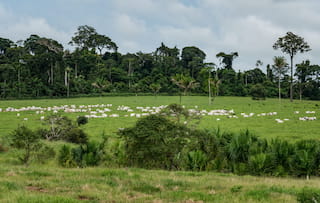
Brazil is shaped by unique landscapes, production systems, and social realities.
IDH’s strength in the country lies in its practical experience: understanding challenges at the ground level, connecting partners, and finding solutions that fit each context. From sustainable cattle ranching in the Amazon to restoring livelihoods in the semi-arid northeast, IDH’s programs are putting sustainability into practice and helping shape resilient markets and landscapes that protect forests and strengthen local economies.
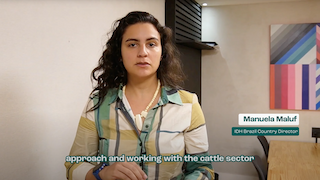
Promoting sustainable cattle ranching in the Amazon
Cattle ranching is a major contributor to deforestation in Brazil, especially in the Amazon biome. To tackle this, IDH has partnered with private sector partners such as Mars Petcare and Marfrig to create the Sustainable Production of Calves Program. Active in the states of Mato Grosso and Pará, Brazil's two largest cattle-producing states, the initiative provides support to 600 small cattle ranchers, with a goal to reach around 1,200 by the end of 2026.
The program also aims to conserve over 290K hectares of forest and implement sustainable practices in more than 95K hectares of pasture. So far, it has included over 200,000 animals in a traceability system as a crucial step in reducing deforestation and supporting sustainable cattle ranching in Brazil. In 2024, 393 new producers were included in the program. In addition to receiving technical assistance, this new cycle addressed the carbon agenda and its opportunities, as well as facilitating access to credit.
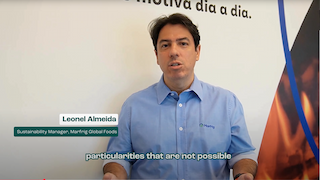
Brazil has a significant potential to lead sustainable livestock practices, but to succeed, the country will need a combination of strong governmental policies, industry collaboration, and adoption of sustainable practices by the local farmers.
Selected to be the pilot initiative for the blueprint framework being developed by the Consumer Goods Forum and the Forest Positive Coalition for beef in Brazil, the program is shaping the future of sustainable livestock production in the country.
Through the recently launched docu-series, IDH spoke with several farmers who have been impacted by the program, and they shared firsthand how it has transformed their cattle production and brought positive change to their lives and communities.
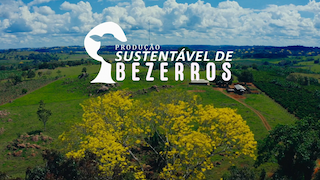
Building resilience in Brazil’s semi-arid region
One of the country's most important carbon sinks and a uniquely Brazilian biome, the Caatinga is also among the most vulnerable, increasingly under pressure from land-use change, degradation, and the mounting effects of climate change.
To protect and restore this unique landscape while supporting the people who depend on it, IDH and the Laudes Foundation launched the Raízes da Caatinga Program in 2021. The initiative brings together farmers, companies, governments, and civil society to drive sustainable territorial development and inclusive growth across the region.
The program operates across three key states in central Brazil, guided by the Produce, Protect, and Include (PPI) approach. Through local Producer Service Centres, farmers receive hands-on technical support on land and environmental regularisation, access to rural credit, and opportunities to join new initiatives that strengthen their businesses while regenerating the land.
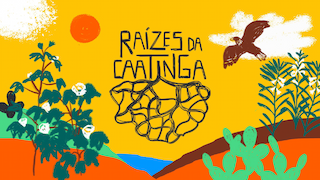
Beyond boosting productivity, the program invests in agroecological and gender-equitable value chains, empowering women, cooperatives, and agro-industries to access new markets and shape a more resilient local economy.
The Raízes da Caatinga mini docu-series captures the people behind the transformation. It showcases innovative, sustainable, and inclusive solutions that are redefining Brazil’s Sertão region, proving that protecting nature and improving livelihoods go hand in hand.
IDH's work in Brazil
Across Brazil, IDH promotes sustainable development through a territorial approach that integrates economic growth, social progress, and environmental protection. Central to this approach are the Produce, Preserve/Conserve, and Include (PPI/PCI) Compacts, part of IDH’s global strategy that unites public, private, and civil society actors around shared, long-term commitments.
This collaborative model fosters trust, dialogue, and practical solutions to complex territorial challenges, all driven by a shared goal: economic and social development alongside forest protection.